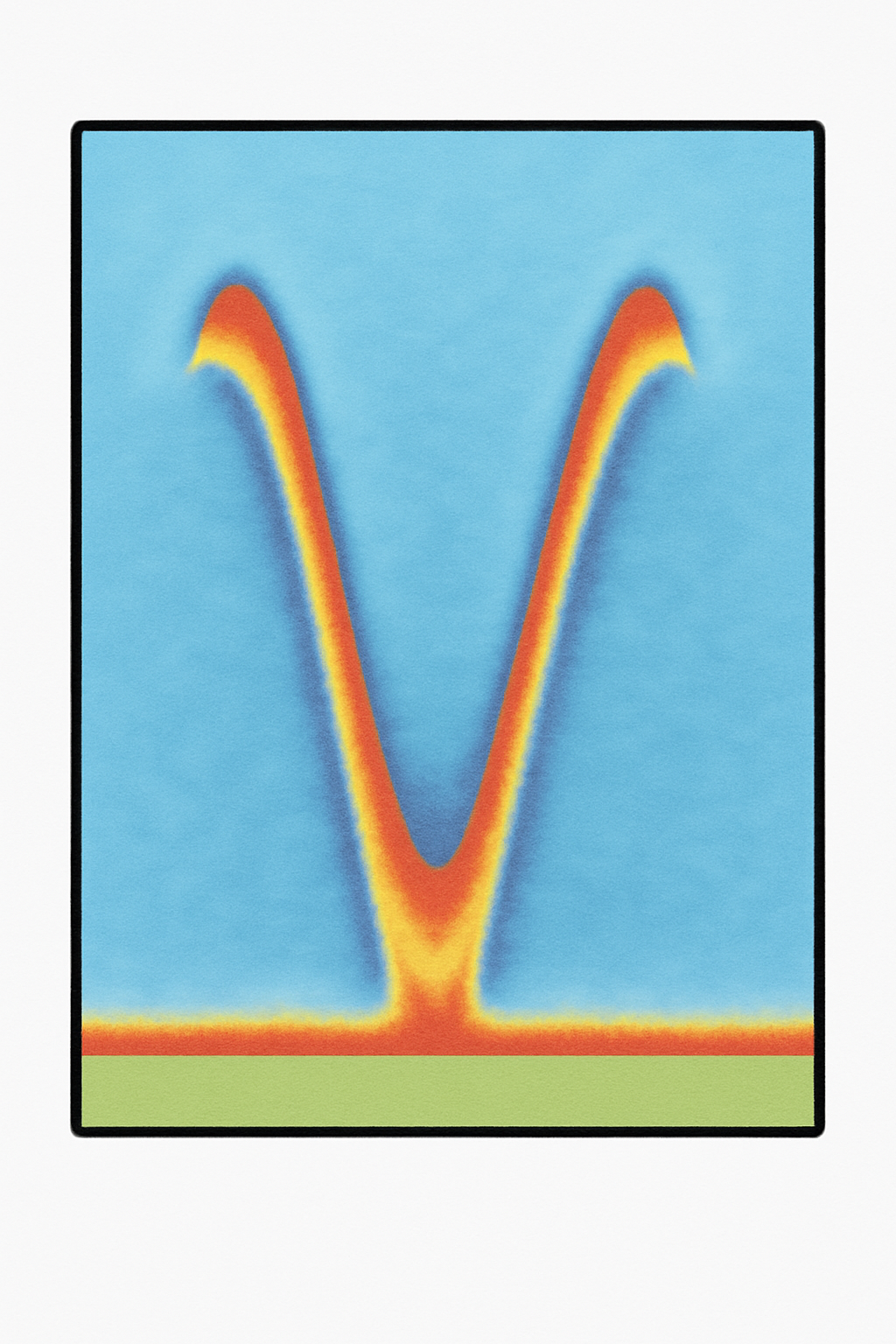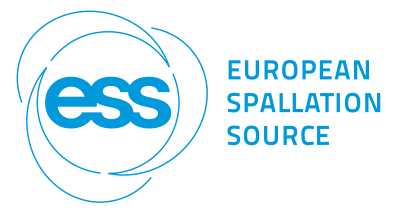Bridging neutron experiments and theory: magnetism across multiple length scales
LINXS, The Loop

The workshop “Bridging Neutron Experiments and Theory: Magnetism Across Multiple Length Scales” aims to bring together researchers working on magnetism and magnetic materials, both experimentally - particularly through neutron-based techniques such as GISANS - and theoretically, with the primary goal of develop future collaborations.
This will be the first of what is hoped to be many meetings between researchers from ESS/Lund and theorists from other Swedish universities, as well as from international institutions (especially in Brazil) toward establishing a strong and lasting collaboration in the field of magnetism.
The workshop will take place on November 5th, 2025, from 9:00 am to 5:00 pm. Participation is free of charge.
Registration can be completed via the Registration tab on the left.
Registration is now open.
Venue
The event will be held in a hybrid format at The Loop in Lund (https://www.thelooplund.se/), in partnership with LINXS.
To reach the venue, take tram number 1 to the Lund ESS stop, approximately 15 minutes from the central station.
-
-
Arrival and setup
-
Welcoming and IntroductionConveners: Annika Stellhorn (European Spallation Source ERIC), Ivan Miranda (Linnaeus University)
-
Theory Session 1
Chairperson: Annika Stellhorn
-
1
From quantum theory to magnetism: predictive modeling across scales
In this talk, I will provide an overview of the current status of electronic structure theory applied to the field of (nano)magnetism. I will discuss how first-principles methods, particularly density functional theory (DFT), enable us to model a wide range of magnetic materials fully grounded in quantum mechanics. I will then address the challenges that arise when the relevant magnetic phenomena involve length or time scales that exceed the reach of standard DFT calculations, and how these are handled through extended frameworks. Among such extensions, I will focus on two state-of-the-art approaches: (i) the atomistic approximation, where an effective spin Hamiltonian -often formulated as a generalized Heisenberg model - is constructed from ab initio parameters; and (ii) the use of machine learning and deep learning techniques to predict magnetic properties directly, bypassing full DFT calculations, or to efficiently parametrize spin Hamiltonians within the atomistic scheme. The presentation aims to provide a concise overview of theoretical strategies that connect quantum-level calculations to experimentally measurable magnetic properties, setting the stage for future collaborative efforts.
Speaker: Dr Ivan Miranda (Linnaeus University) -
2
Correlations and other relevant measurables from atomistic spin dynamics
Atomistic spin dynamics bridges DFT calculations to many experimental probes. In this talk I will introduce the method and present a selection of results where spin simulations have proven more than useful for experiments. An overview of existing and possible correlation functions relevant for scattering experiments will also be provided. In addition I will also present the current state of linear spin wave theory capabilities available in our software collection.
Speaker: Dr Anders Bergman (Uppsala University) -
3
Discussion round
-
1
-
10:30
Coffee break
-
ESS Session 1
Chairperson: Ivan Miranda
Convener: Ivan Miranda (Linnaeus University)-
4
To be announcedSpeaker: Dr Grace Causer (ESS Instrument Scientists Group)
-
5
To be announcedSpeaker: Dan Mannix (European Spallation Source ERIC)
-
6
To be announcedSpeaker: Annika Stellhorn (European Spallation Source ERIC)
-
7
Discussion round
-
4
-
12:15
Lunch
-
ESS Session 2
Chairperson: Annika Stellhorn
Convener: Annika Stellhorn (European Spallation Source ERIC)-
8
To be announcedSpeaker: Celine Durniak (The European Spallation Source)
-
9
Discussion round
-
8
-
Theory Session 2
Chairperson: Anders Bergman
Convener: Anders Bergman (Uppsala University)-
10
Designing Topological Spin Textures: Insights from First-Principles
Understanding and controlling topological magnetic textures, such as skyrmions, spin spirals, and chiral domain walls, is essential for developing next-generation spintronic and energy-efficient magnetic devices. Their formation and stability depend sensitively on the underlying microscopic magnetic interactions. In this work, we employ a multiscale theoretical approach that bridges first-principles calculations and spin-dynamics simulations to explore the emergence and robustness of chiral spin textures under varying temperature and external magnetic fields. Our framework combines ab initio density-functional theory (DFT) [1] with atomistic spin dynamics [2], using the real-space linear muffin-tin orbital atomic sphere approximation (RS-LMTO-ASA) method [3] to compute key spintronic parameters: non-collinear spin and orbital magnetic moments [4], isotropic and Dzyaloshinskii–Moriya exchange interactions [5], local and non-local Gilbert damping [6], spin-lattice coupling constants [7], and magnetic anisotropy. The approach has been applied to a variety of systems, including bulk compounds, thin films, multilayers, nanowires on surfaces, and complex heterostructures, revealing new mechanisms for chiral and orbital magnetism [8–11]. The theoretical insights obtained from this theoretical framework not only elucidate experimentally observed phenomena but also provide predictive capabilities for designing artificial magnetic heterostructures with tunable chiral interactions. Furthermore, this work highlights the versatility of first-principles approaches in advancing magnetic materials research, with significant implications for spintronics, ultrafast magnetization dynamics, and energy-efficient magnetic devices, strengthening the bridge between theory and experiment in the study of nanostructured magnetic materials.
[1] W. Kohn and L. J. Sham, Phys. Rev. A 140, 1133 (1965). [2] B. Skubic, et al., J. Phys. Cond. Matt. 20, 315203 (2008). [3] S. Frota-Pessôa, Phys. Rev. B 46, 14570 (1992). [4] M. M. Bezerra-Neto et al., Phys. Rev. B 112, 014440 (2025). [5] R. Cardias et al., Phys. Rev. B 108, 224408 (2023). [6] I. P. Miranda, et al., Phys. Rev. B 103, L220405 (2021). [7] I. P. Miranda et al., Phys. Rev. Materials 9, 024409 (2025). [8] P. C. Carvalho, et al., Phys. Rev. Materials 5, 124406 (2021). [9] I. P. Miranda, et al., Phys. Rev. B, 105, 224413 (2022). [10] P. C. Carvalho et al., Nano Letters 23, 4854 (2023). [11] J. Brandão et al., Comm. Phys./Nature 8, 22 (2025).
Speaker: Prof. Angela Burlamaqui Klautau (Federal University of Pará) -
11
Recursion method for calculating transport properties in real space
We develop a real-space first-principles method based on density functional theory to investigate orbitronic phenomena in complex materials. Using the Real-Space Linear Muffin-Tin Orbital method within the Atomic Sphere Approximation (RS-LMTO-ASA) combined with a Chebyshev polynomial expansion of the Green's functions, we compute orbital (spin) Hall transport and orbital (spin) accumulation directly in real space. The approach scales linearly with system size and naturally incorporates disorder, finite-size effects, and interface roughness. We apply the method to a wide range of transition-metal systems, including bulk orbital and spin Hall conductivities, layer-resolved accumulations in finite slabs, and FM/TM bilayers. Our results capture both nonmagnetic and magnetic cases, demonstrating how surface and interfacial electronic structure, as well as broken time-reversal symmetry, modify the relation between bulk conductivities and local accumulations. Our methodology provides a scalable and flexible framework for realistic simulations of orbital transport phenomena in complex heterostructures.
Speaker: Dr Ramon Cardias (Brazilian Center for Research in Physics, CBPF) -
12
Discussion round
-
10
-
15:30
Coffee break
-
Discussions and group breakouts
-
